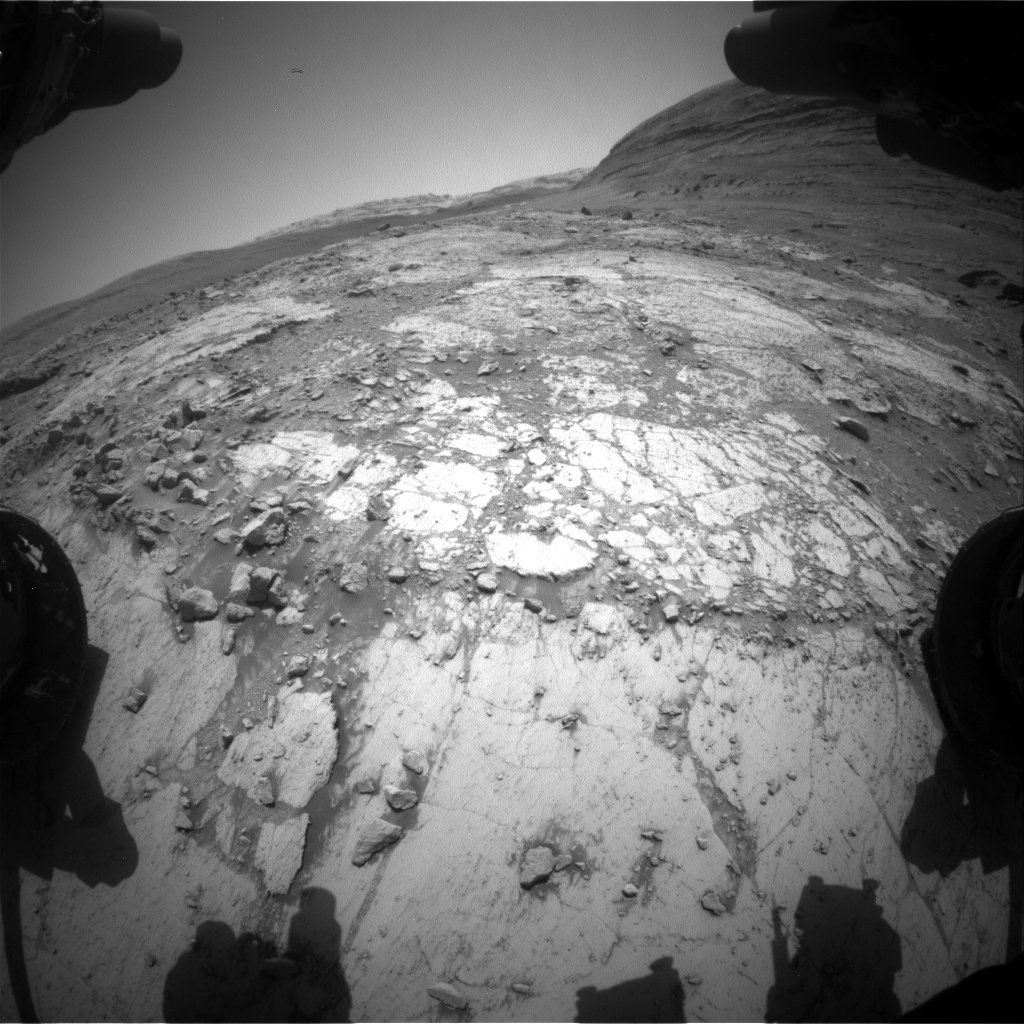Curiosity Navigation Curiosity Home Mission Overview Where is Curiosity? Mission Updates Science Overview Instruments Highlights Exploration Goals News and Features Multimedia Curiosity Raw Images Images Videos Audio More Resources Mars Missions Mars Sample Return Mars Perseverance Rover Mars Curiosity Rover MAVEN Mars Reconnaissance Orbiter Mars Odyssey More Mars Missions The Solar System The Sun Mercury Venus Earth The Moon Mars Jupiter Saturn Uranus Neptune Pluto & Dwarf Planets Asteroids, Comets & Meteors The Kuiper Belt The Oort Cloud 2 min read
Sols 4253-4254: Pit Stop for Contact Science 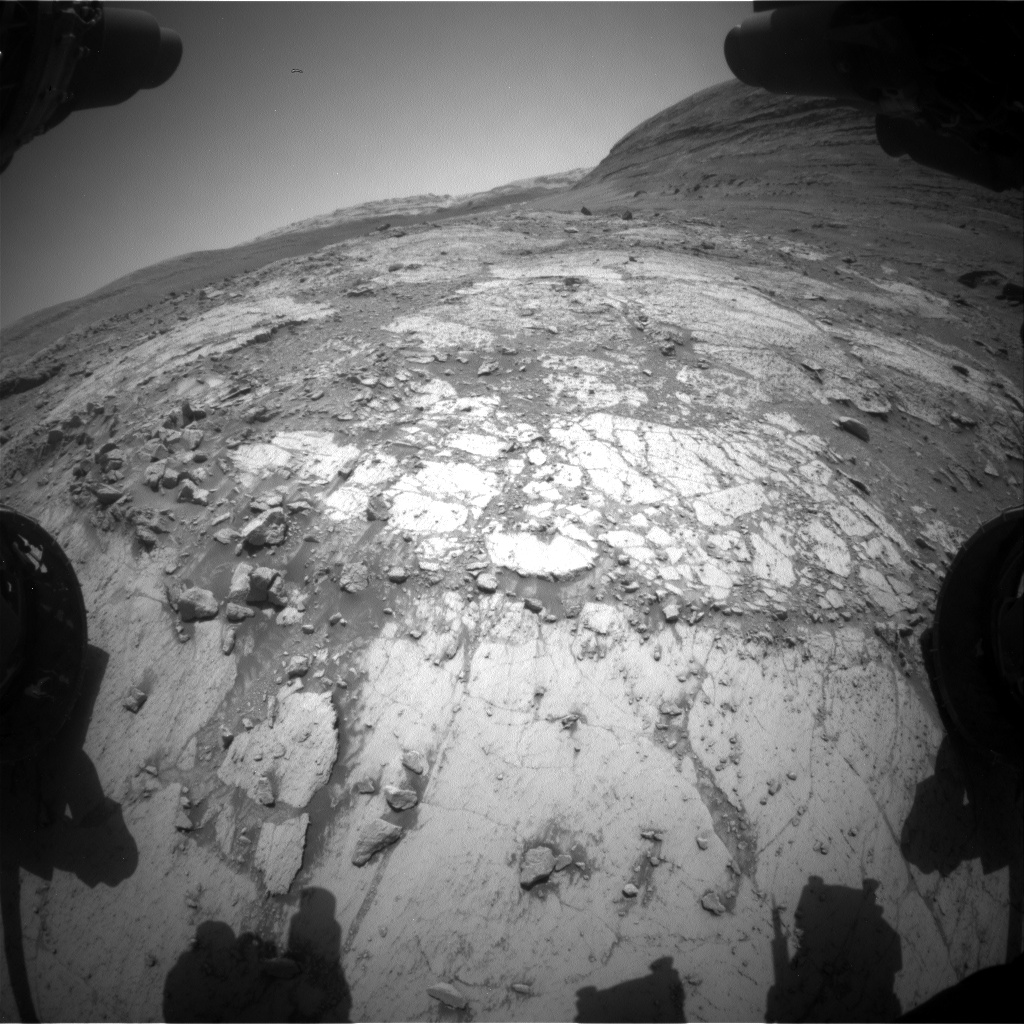 This image was taken by Front Hazard Avoidance Camera (Front Hazcam) onboard NASA’s Mars rover Curiosity on Sol 4251 (2024-07-22 00:02:59 UTC Earth planning date: Monday, July 22, 2024
This image was taken by Front Hazard Avoidance Camera (Front Hazcam) onboard NASA’s Mars rover Curiosity on Sol 4251 (2024-07-22 00:02:59 UTC Earth planning date: Monday, July 22, 2024
Last week we wrapped up activities at Fairview Dome and started heading south towards our next potential drill location in the Upper Gediz Vallis ridge campaign. We had about a 29-meter (about 95 feet) drive over the weekend, which set us up nicely for contact science and remote sensing today.
Today’s two-sol plan includes APXS and MAHLI on a gray rock named “Discovery Pinnacle” to assess variations in bedrock chemistry and compare it to what we have seen recently. We also planned ChemCam LIBS on “Miguel Meadow” to evaluate the typical bedrock in our workspace, as seen in the above image from the front Hazcam. The plan also includes a Mastcam mosaic covering the large patch of light-toned rocks in front of the rover to look for variations in lithology. Two ChemCam long-distance RMIs are also planned to evaluate the stratigraphy exposed by a channel cut into the Gediz Vallis ridge deposit, and to look more closely at a well-laminated dark-toned boulder on the channel floor. Then Curiosity will drive about 16 meters (about 52 feet) farther south, and will take post-drive imaging to help us evaluate another patch of light-toned bedrock in the next plan.
In addition to targeted remote sensing, today’s plan includes observations of atmospheric opacity, searching for dust devils, an autonomously selected ChemCam AEGIS target, and standard DAN and REMS activities.
We’re all curious to see what Wednesday’s workspace will hold as we start thinking about the next place to drill! Meanwhile, much of the science team is gathered in Pasadena, California, this week at the Tenth International Conference on Mars, sharing lots of exciting results from the mission thus far. Looking forward to what comes next!
Written by Lauren Edgar, Planetary Geologist at USGS Astrogeology Science Center
Details Last Updated Jul 23, 2024 Related Terms Blogs
Keep Exploring Discover More Topics From NASA Mars
Mars is the fourth planet from the Sun, and the seventh largest. It’s the only planet we know of inhabited…

Explore this collection of Mars images, videos, resources, PDFs, and toolkits. Discover valuable content designed to inform, educate, and inspire,…
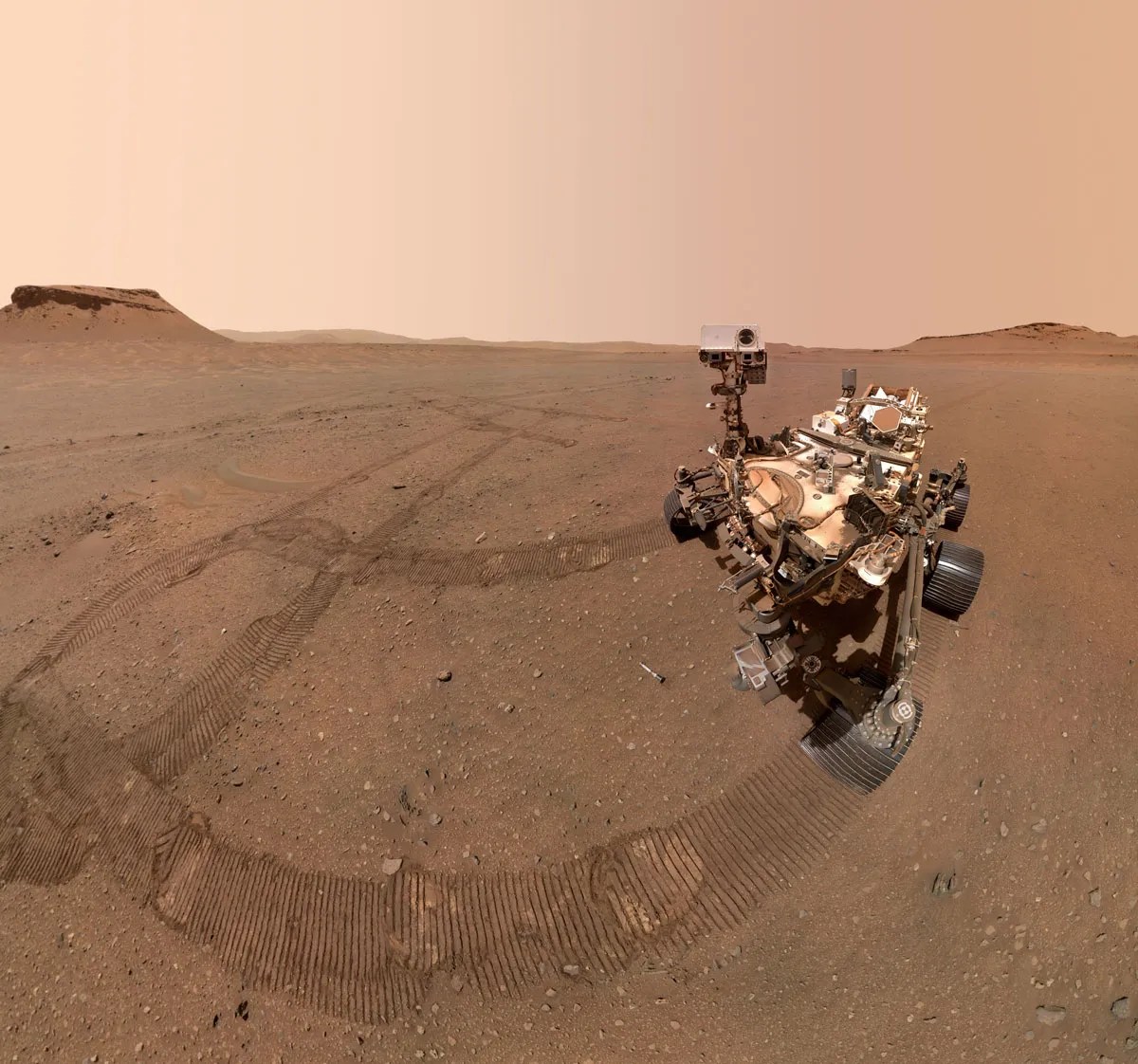
Each robotic explorer sent to the Red Planet has its own unique capabilities driven by science. Many attributes of a…
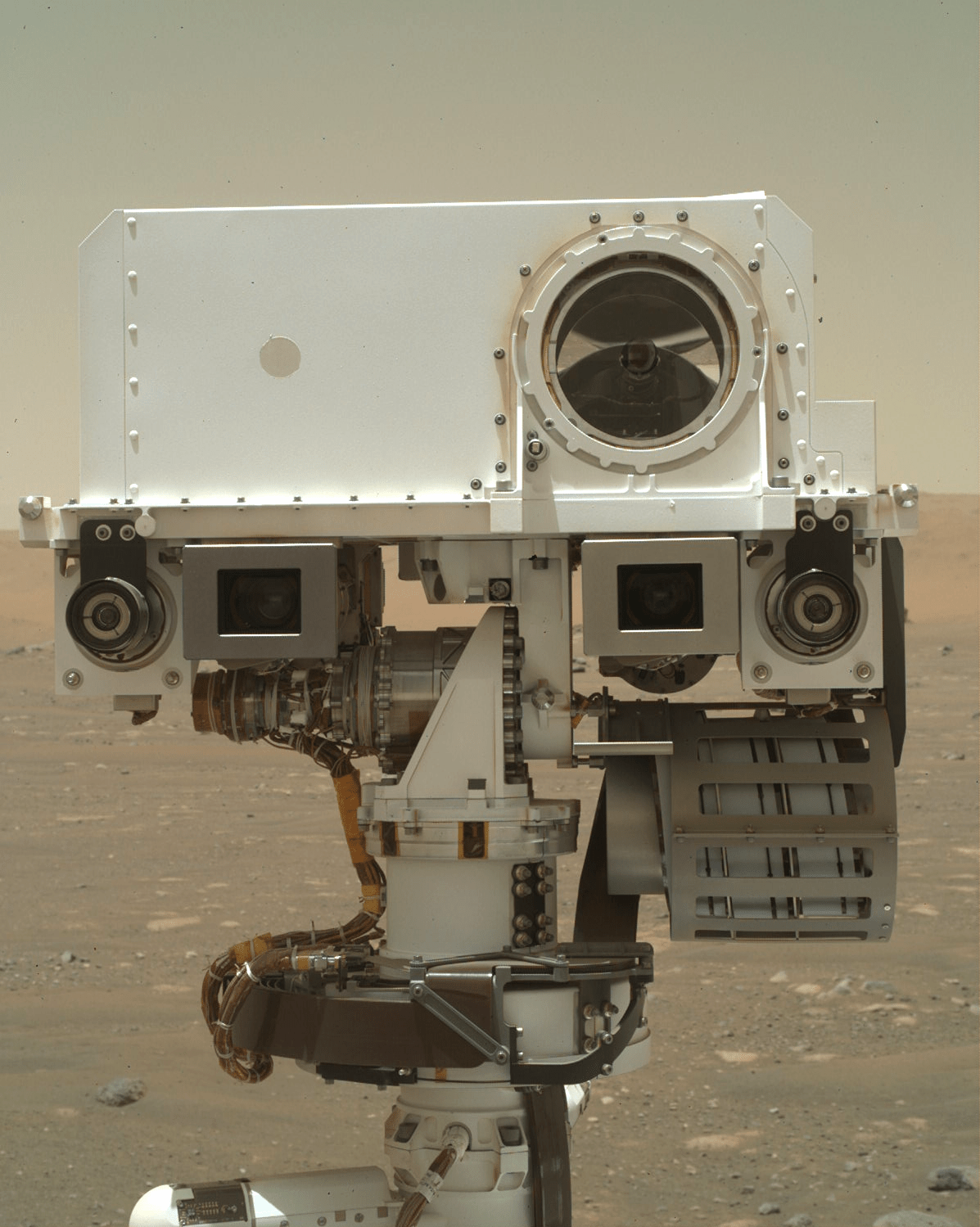
Mars Exploration: Science Goals
The key to understanding the past, present or future potential for life on Mars can be found in NASA’s four…
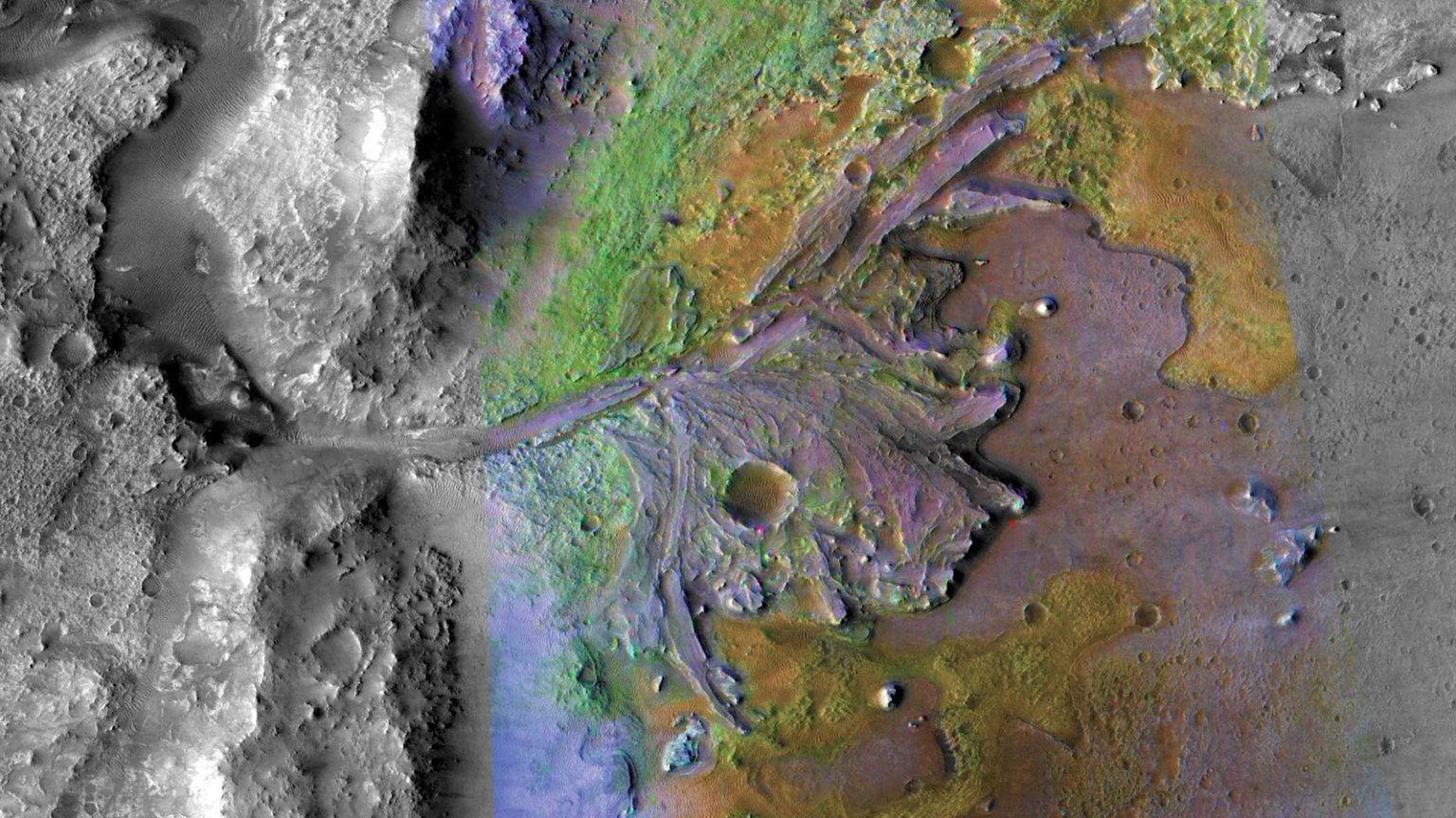

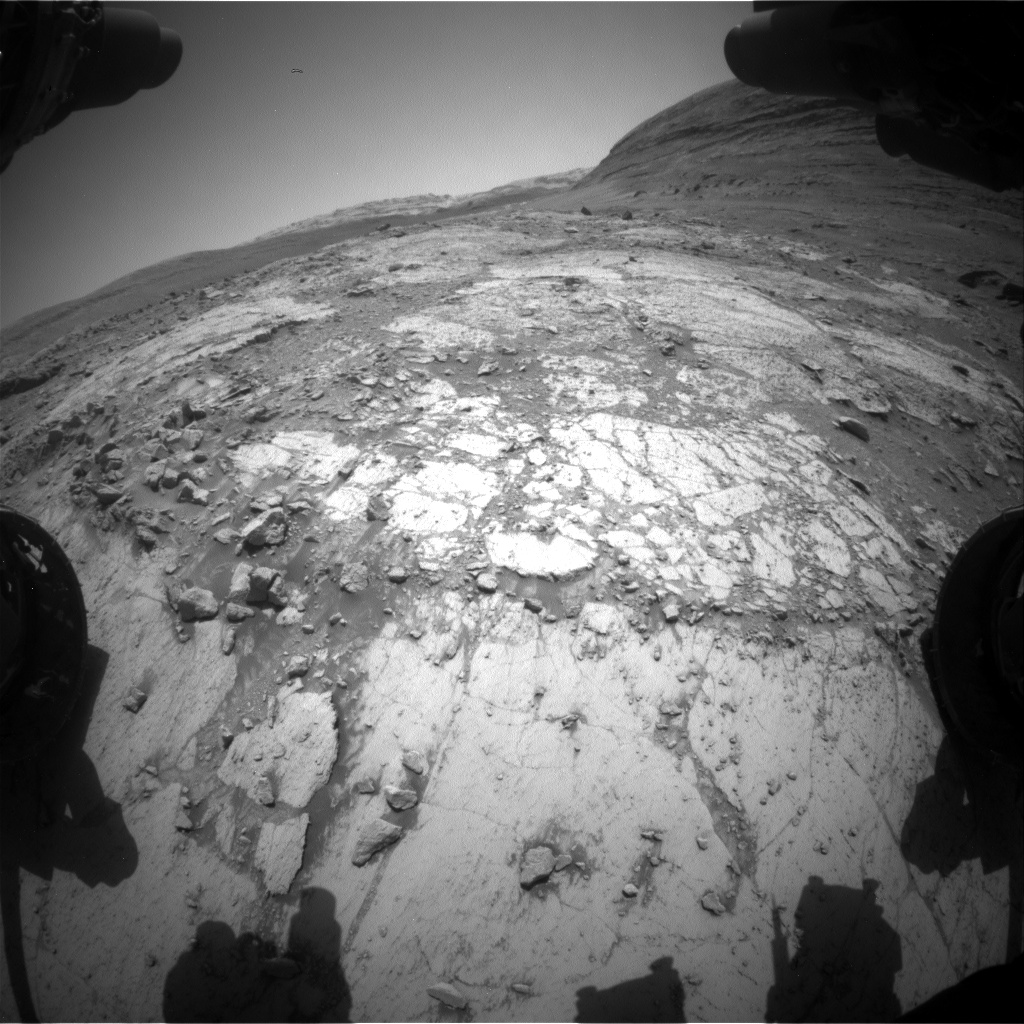
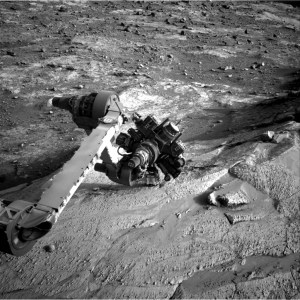 3 min read Sols 4250-4252: So Many Rocks, So Little Time
3 min read Sols 4250-4252: So Many Rocks, So Little Time
 2 min read Sols 4248-4249: Lunch at Fairview Dome
2 min read Sols 4248-4249: Lunch at Fairview Dome 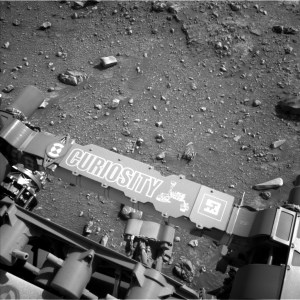 2 min read Sols 4246-4247: Next Stop: Fairview Dome
2 min read Sols 4246-4247: Next Stop: Fairview Dome 